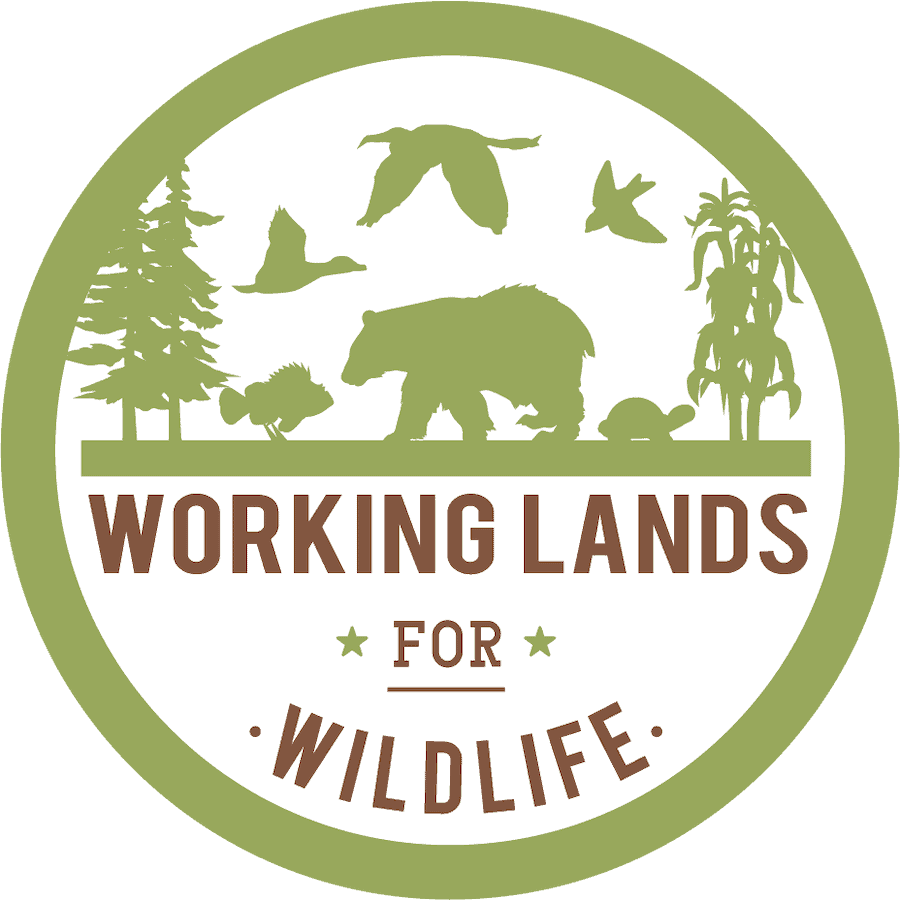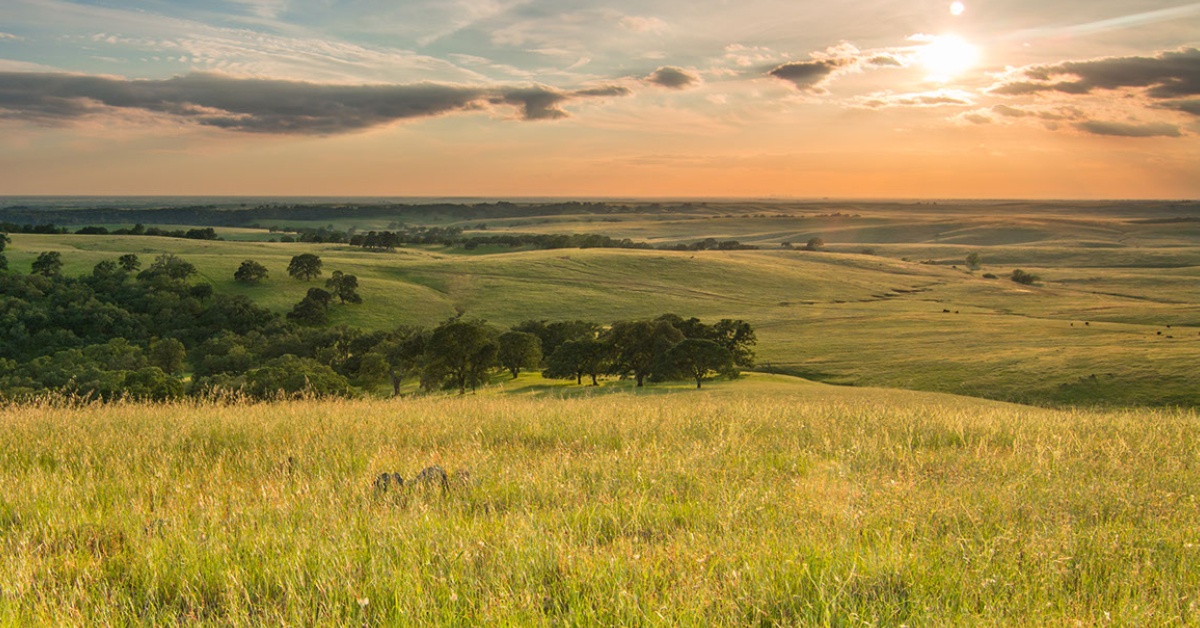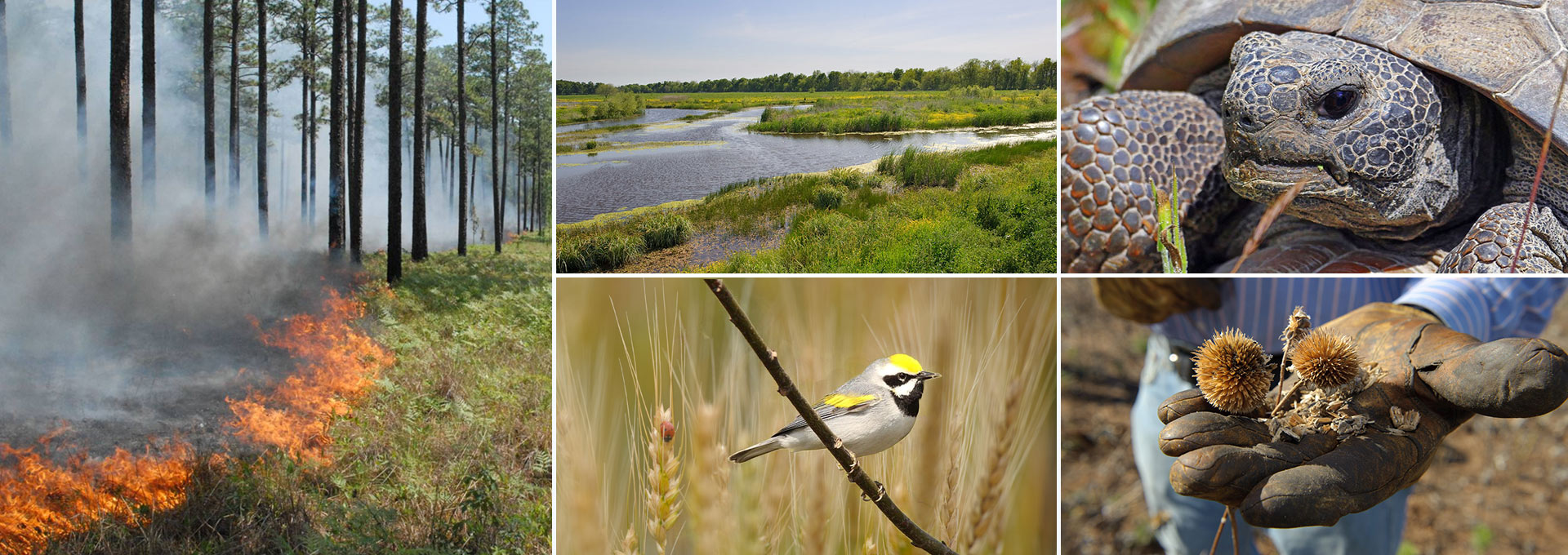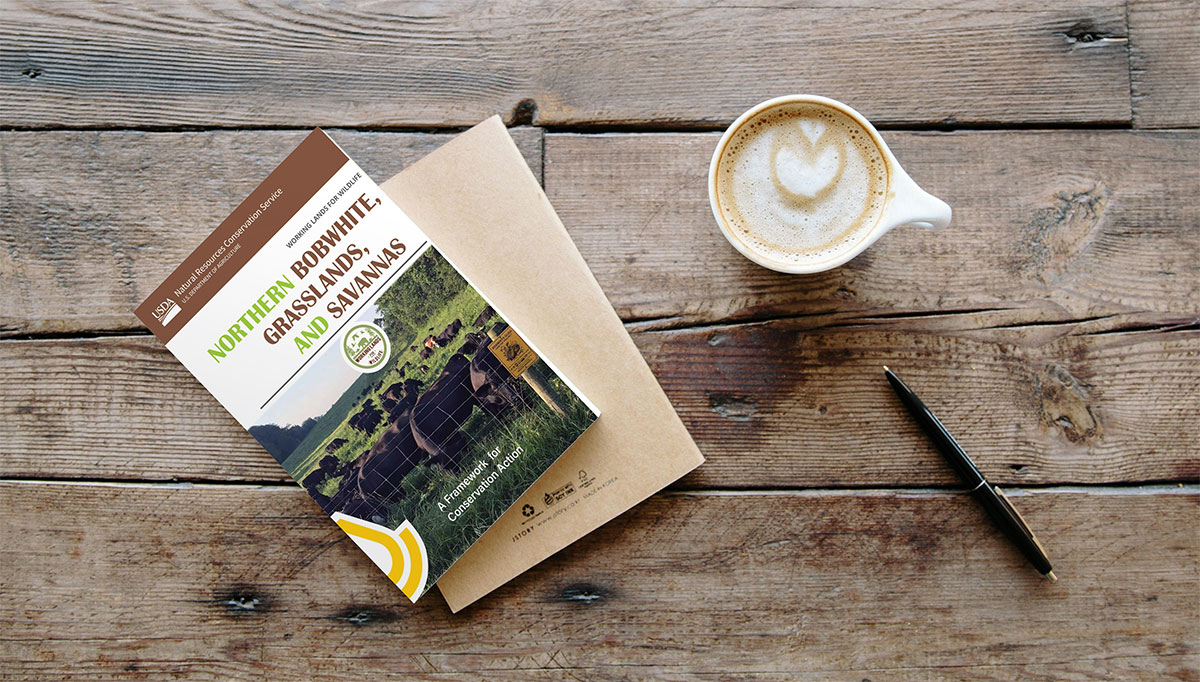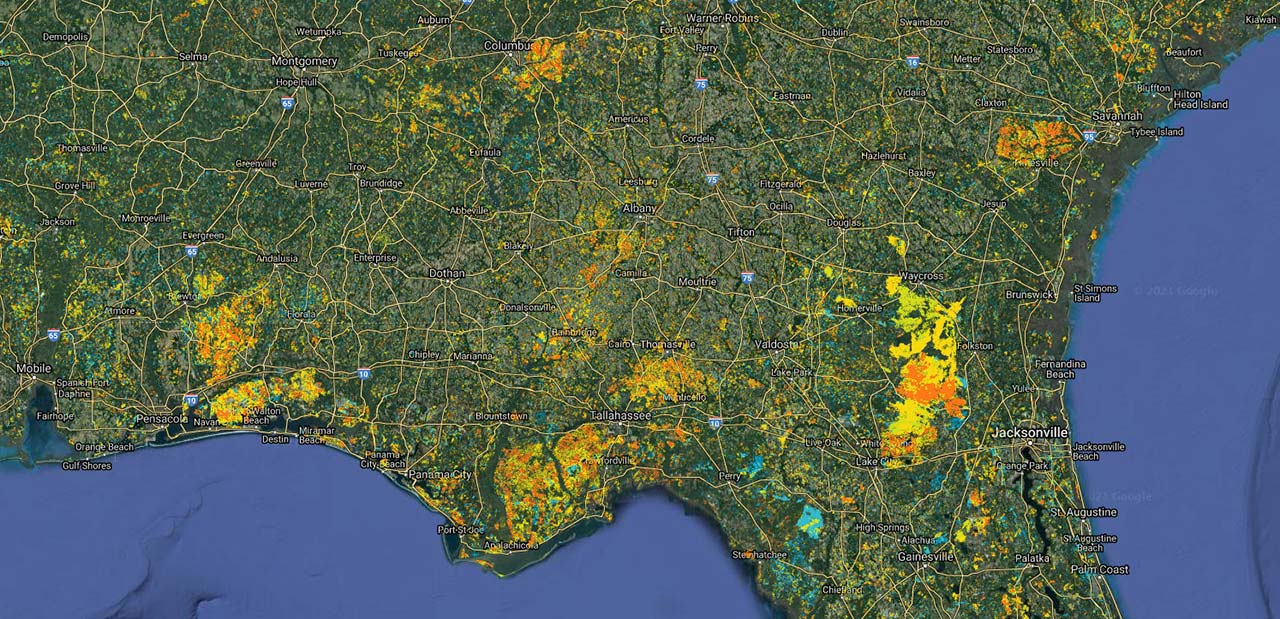Working Lands for Wildlife (WLFW)
The WLFW webportal enables interaction between NRCS's WLFW partners and others interested in conserving whole landscapes and empowering rural economies.
The content here augments those WLFW resources available for on USDA's website, and allows users (including landowners) access to a wide variety of information, online training materials, planning and decision-support tools, as well as access to experts, NRCS field staff, and landowners.
Focus Species
WLFW partners with private landowners to conserve large, intact landscapes for people and wildlife. We do that by focusing our efforts on “umbrella species” that act as bellwethers for how their ecosystem is faring.
Learn more about each species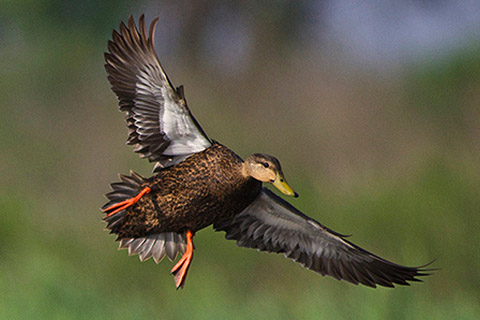
American Black Duck
Read More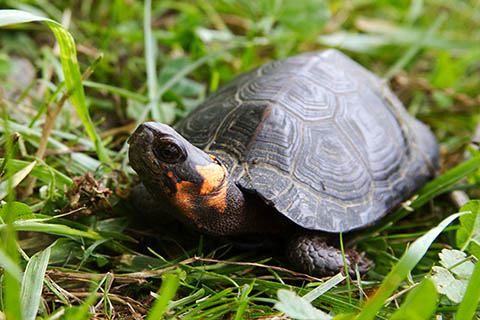
Bog Turtle
Read More
Hellbender
Read More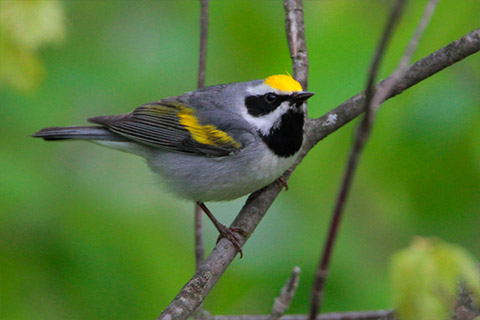
Golden-winged Warbler
Read More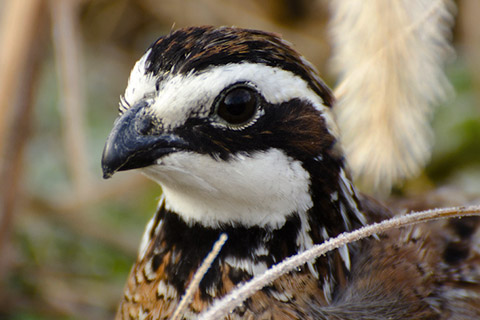
Northern Bobwhite Quail
Read More
WLFW Conservation Tools
NEW MOBILE APP!
A Mobile App to track Northern Bobwhite on Our Landscapes
The app is a citizen science tool that can be used by the public to contribute to our knowledge of the distribution and abundance of Northern Bobwhite
NEW TOOL AVAILABLE!
LITERATURE GATEWAY
A Systematic Map of Bird-vegetation Relationships in Eastern and Boreal Forests
This tool allows users to search for literature on bird species-vegetation relationships in eastern and boreal forests of North America.

NEW TOOL AVAILABLE!
BirdLocale: WLFW Landscape Restoration Bird Assessment
This tool helps biologists gather field data, including bobwhite counts and percentage cover of various types (grass, shrub, forb), using both manual and Acoustic Recording Unit (ARU) methods to capture bird calls.
FIRE MAPPING TOOL!
The SE Firemap maps all detectable fires, including managed prescribed burns and wildfires, across nine states in the southeastern United States.
Stay Connected to Working Lands for Wildlife
WLFW News Gallery
News articles and events on WLFW and Target Species sites.
-
Apr 08, 2024
WLFW East Region Conservation Series April 11 2024
Tune in Thursday, April 11th, at 11:30 am CST (12:30 PM EST) for our last webinar in the Pollinator Series! This week's topic will cover "Maintaining Pollinator Habitat" with speaker Brittney Viers with Quail… More -
Mar 28, 2024
On the Line-Survey Says... Apr 21, 2020
While much is known about the science of wildland fire behavior, the same cannot necessarily be said about our understanding of the impacts that these blazes have upon those tasked with putting them out. Although that… More -
Mar 19, 2024
DOI Nature-based Solutions Roadmap
The purpose of the Department of the Interior Nature Based Solutions Roadmap is to provide Department of the Interior (DOI) staff with consistent and credible information about nature-based solutions, such as which… More -
Feb 05, 2024
WLFW East Region Conservation Series
Tune in this Thursday, February 8th, at 11:30 am CST for the next webinar in our Conservation Series! This week's topic will cover "How to do a Pollinator Outreach Event" with speaker Cat Beall with Pheasants Forever.… More
WLFW Resources
In the Working Lands library, you will find project reports, presentations, peer-reviewed studies, and more.
-
DOI Nature-based Solutions Roadmap
The purpose of the Department of the Interior Nature Based Solutions Roadmap is to provide Department of the Interior (DOI) staff with… More -
Opportunities for Research on Carbon Sequestration in Longleaf Pine Ecosystems
As a result of the Fact Sheet on Opportunities for Research on Carbon Sequestration in Longleaf Pine Ecosystems by Kevin Robertson, Ph.D.,… More
Videos and Webinars
You can customize your learning with a collection of webinars and videos about landscape conservation and working lands. View the videos you want on your own schedule.
-
WLFW East Region Conservation Webinar Series: Session # 11 PF/QF’s Pollinator Habitat Program
Session 11 of the WLFW East Region Conservation Webinar series was presented by Kim Cole, PF/QF’s Habitat Education Program Manager. This… More -
WLFW East Region Pollinator Conservation Webinar Series: Session # 10 How to Do a Pollinator Outreach Event
Session 10 of the WLFW East Region Pollinator Conservation Webinar series was presented by Catherine Beall, South Dakota’s Monarch and… More
See the NRCS WLFW website for specific information on: WLFW national and state-run target species partnerships; priority geographies for implementation; strategic plans published by USDA; how to participate in Farm Bill programs; and news and blogs about WLFW activities.


